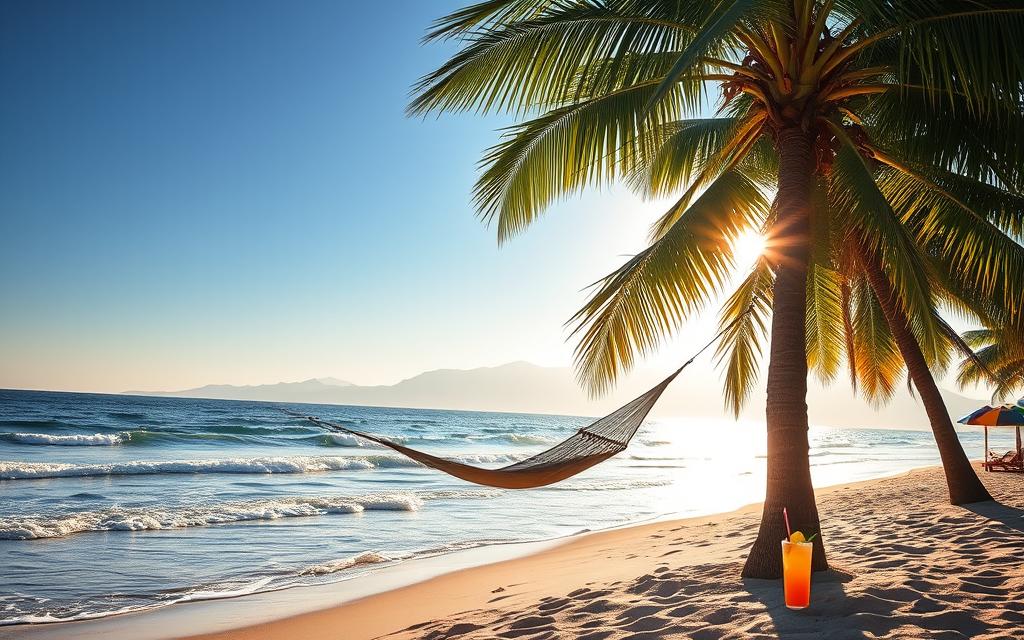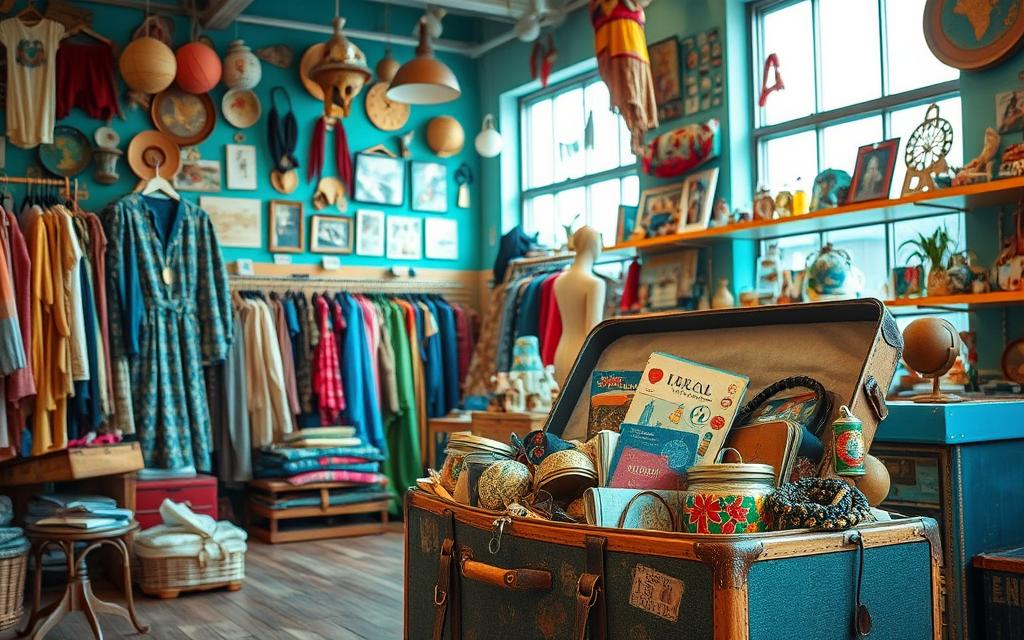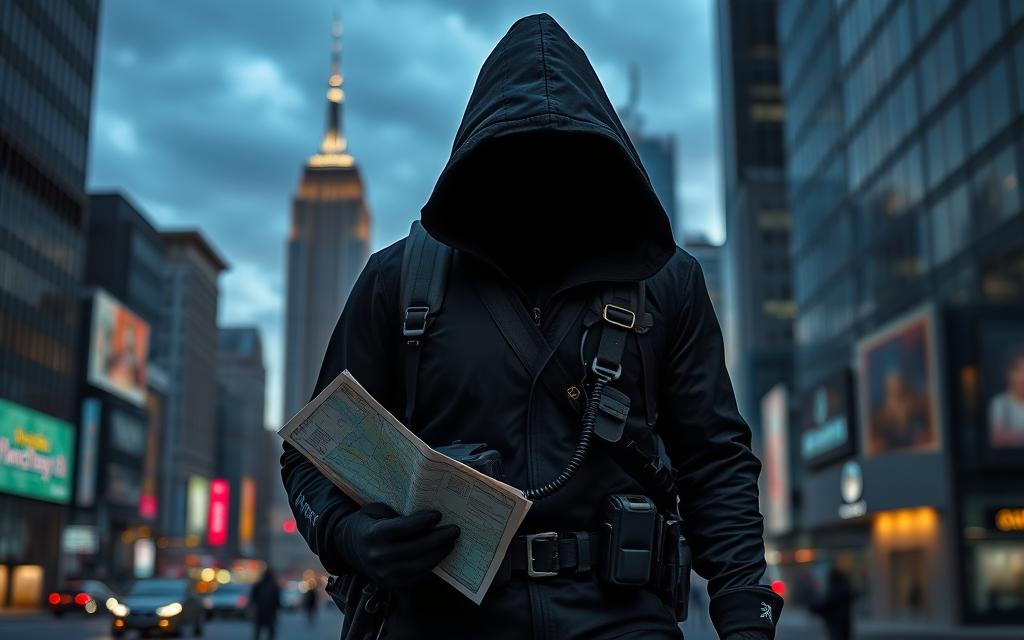If you are a woman, female solo hiking may not seem like the safest idea.
But that doesn’t mean it’s not safe for female hikers on a solo hike. With a few precautions, you can still have an amazing solo hike without having to worry about safety or adding yourself to crime statistics.
I have done the Appalachian trail on my own so I have some experience to share.
In this blog post, I have compiled some helpful information on safety tips for women who wish to go hiking solo on the trail, wilderness, mountains and countryside.
How Do Women Hike Alone Safely?
Solo hikers are a rare breed but, the more people who go on the adventure and do it solo, the more information I and others can share, all our experiences and everything you need to know.
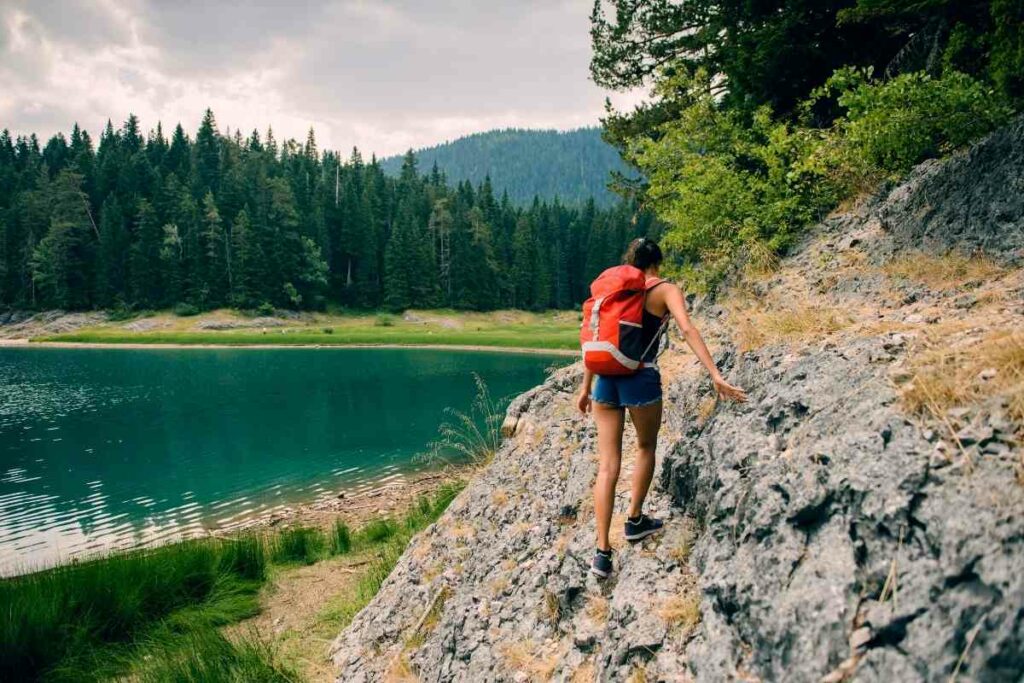
Here we have some general tips for hiking solo at any age and without any fears.
Let’s face it we all need to vent sometimes and what better way than a nice long trail hike with nothing but fresh air, the sound of chirping birds, no one around, and only your own thoughts.
Which is Better?
Hiking alone can be an amazing experience for many different reasons, especially if you’re looking to get away from it all.
However there are precautions we need to take when hiking:
- Bring a whistle and know how to use it. 3 Shrill blasts on your whistle is the universal call for help.
- Always have a trail map with you should your cell phone and other technology fails you in bad weather or accidental breakage.
- Research your environment as wilderness in the US may be different from the countryside in the EU
- Leave your itinerary with a paper map marking your route with someone you trust or put in on social media.
- Let people who are close by know when you will be hiking, where, and for how long so they can keep an eye out.
- Speak with the Park Rangers or Park employees and let them know your hiking plans and, ask about cell service should you need to make an emergency call to search and rescue.
- Enter the search and rescue contact number into your phone and add to your favorites list.
- Always have a first aid kit handy (make sure that the items inside are up to date). Add any medication like Advil or Aspirin as well as some pain relievers like Ibuprofen just in case. You never know what might happen while hiking!
Charge Your Electronics
The whole purpose of getting out on a hike on your own is to getaway.
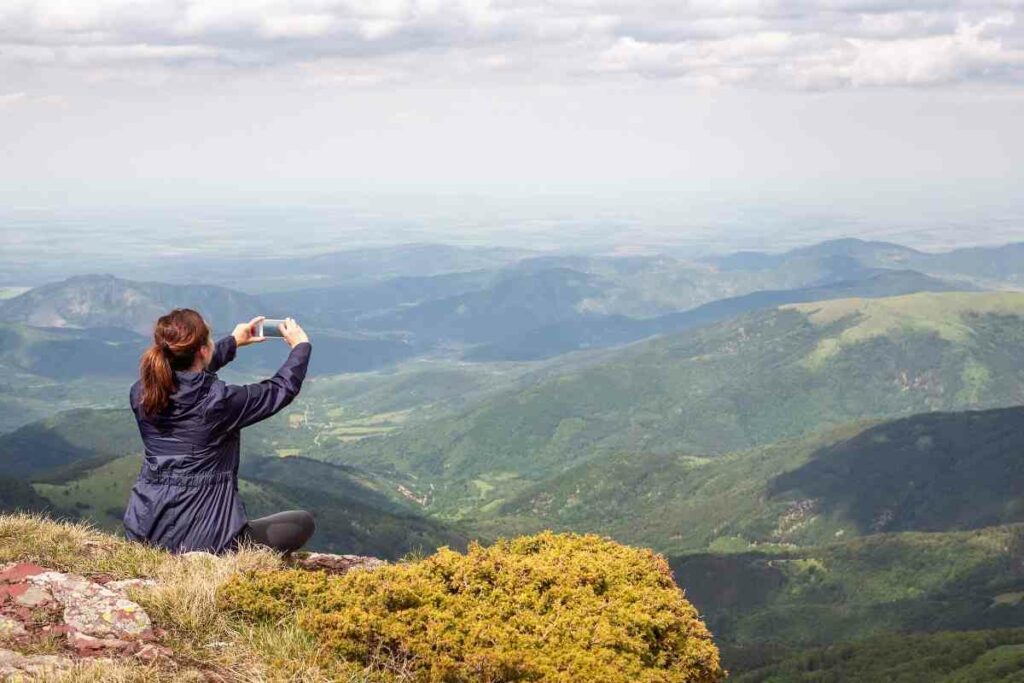
You don’t want to be online or purely looking out for ‘instagram moments’. It’s escapism you want, to see a beautiful sunrise or sunset.
But, you just need take a few simple steps for some peace of mind on your hike.
- Charging electronics is a must for long hikes. It’s always best to bring your own reserve power pack and make sure it has enough juice on the hike before you start. So, that’s double security should your phone use too much battery. In areas where the signal is poor you can always charge it on the go or on breaks.
- A solar powered phone charger can be really handy if there are any breaks in the weather, or just in case you forget to charge your battery beforehand! LuminAid Titan is one such amazing solar charger which also doubles up as a lamp. I have a solar camp light like this and it rocks.
- Another useful tip with regard to your devices is to have your location active on both your phone and any gps device you may have. Think Apple watch or fitbit for example. That way if anything happens, people can find you in an emergency. It will use more battery but if you don’t have a Personal Location Beacon (PLB) device, this is a good option.
- If you are taking on hiking as your latest passion then you should consider investing in something like a Garmin Inreach Mini Satellite messaging device with SOS functionality.
- Used sparingly and using it to check in with family or friends daily, the battery can last for weeks.
- While this is not a cheap piece of kit, it still works out at better value than satellite phones. It does have a subscription fee but it will be worth it’s weight in gold if anything ever goes wrong or you’re out of standard phone coverage.
- Make sure you zip-lok your individual electronic devices. Rain, water leaks or even sweat can cause technical issues.
What are the rules of safe hiking? Hiking Alone Safety
You have to know how to stay safe while hiking.
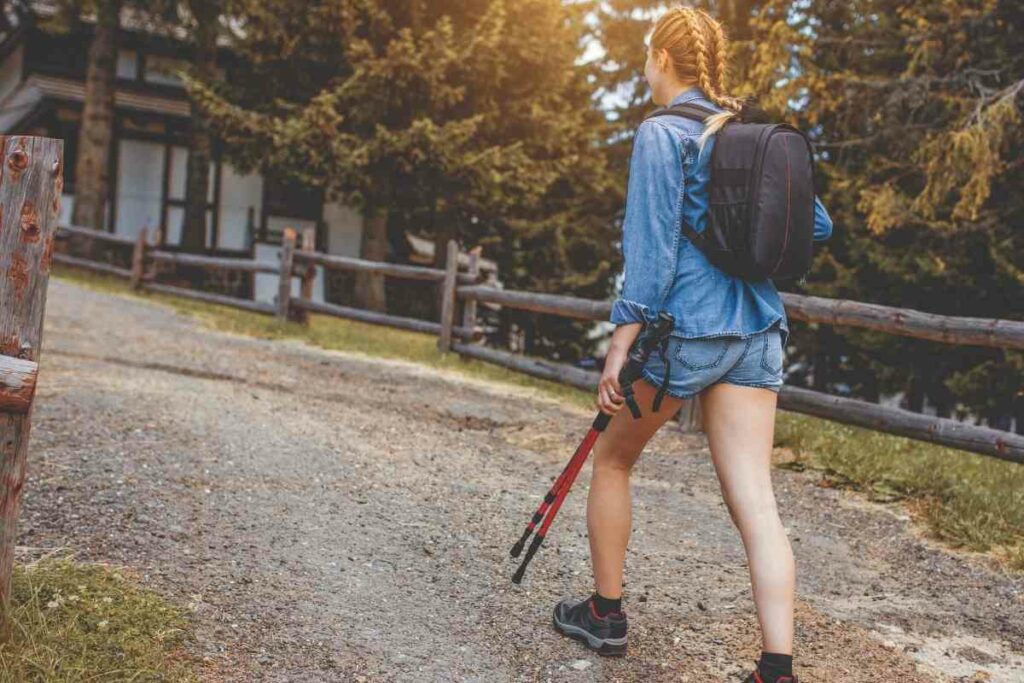
Below are some general hiking safety tips which apply for all levels of competence:
- Foremost in any planning for solo hiking and hiking alone safety is to check the weather radar. Make sure you know what it’s going to be like while you’re out. If it’s snowing or icy please do think twice about heading out alone. The risk of a slip increases exponentially in snow and ice no matter how experienced you are.
- A great rule of thumb for safe hiking is to always wear the proper attire. Weather can change quickly so it’s important that you dress in layers and bring a raincoat, a windbreaker, or jacket with you just in case! Wear bright clothing in case you cross into any hunting areas.
- Don’t forget your hat and sunglasses because they protect your head as well as help keep UV rays out of your eyes.
- Make sure to stay hydrated while hiking by bringing enough water with you -about one gallon should do it for day hike in hot temperatures! You want to avoid getting heat stroke which could incapacitate you on the trail. Better safe than sorry while out hiking on your own. Do consider adding some electrolyte tablets such as Nuun. Nuun are amazing for hydration in all my sporting activities and the flavors are really nice.
- Research the trail in advance of your hike. Be knowledgeable about what lies ahead on your hike or backpacking trek. Read as much information online and look at maps and reviews of other hikers. Consider installing an app like Maps.me. This is one of the best offline map repositories you will find and could seriously get you out of a jam. You drop weigh points on your device as you go so you can find your way back if you get lost.
- Don’t just rely on your digital devices to navigate your trail. Draw from your Girl Guides 101 where you can leave ‘breadcrumbs’ in the form of branches pointing the right way home. This trick is especially useful at forks in the trails or game trails you may be following.
- If you breaking up you solo hike and camping out after a hard day of walking, there are a few things you can do to ensure your safety while catching some well earned sleep.
- Make sure to camp in designated campsites. This is a precaution for the time you decide to stay with your friends and not camp on your own–you’ll have someplace safe to go and rest.
- Consider bring a personal security alarm as well as your whistle and, some would recommend carrying a canister of pepper spray. Know how to use it and aim!
- Overall, trust your instincts with strangers and walk away from any scenario where your gut is screaming to you that something is right with the stranger. Take no risks. At the same time, most fellow hiker are normal folk and are just out for nature’s kicks same as you.
- ‘Roll play’ in advance of your hike all worst case scenarios like, animal attack, dealing with strangers, injury, and have a plan as to what you will do in each scenario.
Semi Solo Hiking With a Man Or Woman
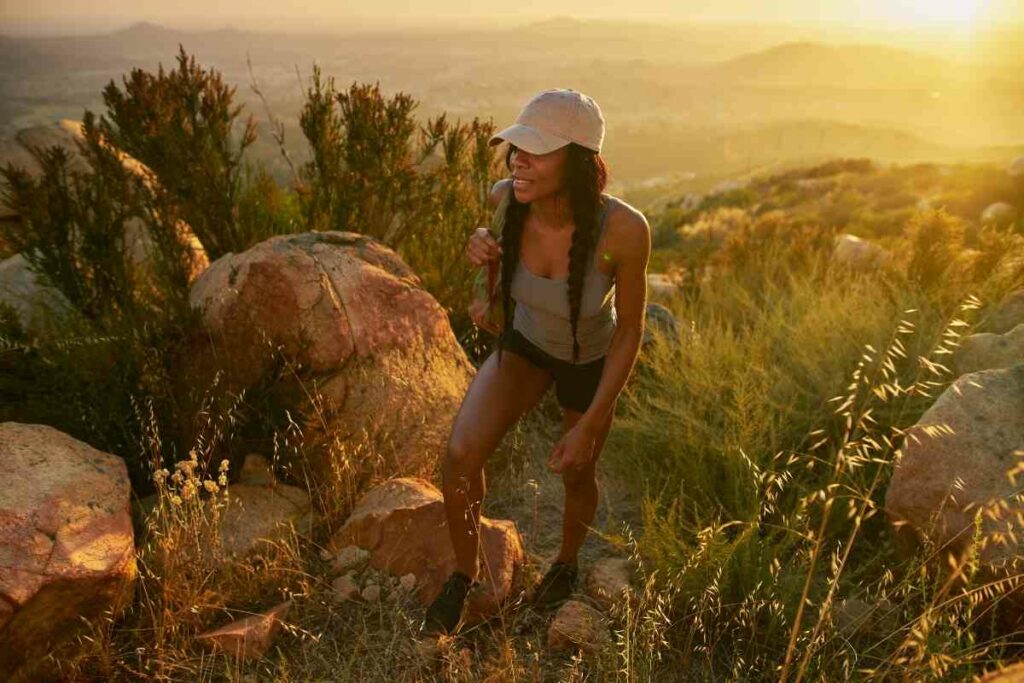
I also run as a hobby and for my mental health. It’s not unusual for me and my boyfriend to go for a run together but we do occasionally ‘spice things up’ by running in the opposite direction.
It encourages the innate competitive streak in both of us.
In Theory – We meet mid-way around our circuit, stop for a chat, share some water before heading off separately once again and the race back to the car or house. Bragging rights for whomever gets there first.
During the pandemic we were very much confined to home and, at times, our immediate 5 km.
My significant other and I get on famously but enforced 24/7 time together was, at times, a strain.
When opportunity struck we decided to head off on a trail hike in the wilderness, but, applied the same idea as on our runs.
We set out in opposite directions on a 3- 4 hour semi solo hike in total.
The benefit was that I could enjoy my time alone, yet with the added security of knowing someone was still a short distance away from me.
With the increased distance from the starting point, I was able to switch off and lose myself in my surroundings as I love to do.
We met at a designated spot along the hiking trail and continued on separately once again after a quick snack break, meeting at our car at the end.
Using this semi solo hiking method is just another way in which we, as women, can have our independence, still be safety conscious and have a shared hiking experience at the same time.
Take a quick look
Hiking Safety Tips Bears & Other Animals
Happily wandering down the trail and next thing you see the three little bears out for their morning stroll.

What do you do next?? (Maybe Goldilocks is about eating porridge)
- Don’t panic!
- Back up slowly and away from the bears.
- If they don’t leave, use your bear can spray to deter them if you have it with you.
- A lot of Parks require you to use a Bear resistant canister for your food and food waste. You should consider something like this BearVault BV450 (affiliate Link) from Amazon. Bear cans can generally be purchased at a park store.
- For more information about best practices for storing your food on hikes near bear habitats, read this great article.
- If hiking in areas where there are snakes learn in advance online and through the Park Rangers about likely locations, how to avoid them, and identification should you encounter one.
Learn The Skills From Someone First
It’s always smart to learn and practice your skills before you go out hiking alone.
Learning the basics of first aid, like splints, can help prepare you for any situation.
Knowing what plants around you are edible or poisonous is also a valuable skill that could save your life one day if needed.
Learn these things before going off on solo hikes, especially ones where there will not be other people with you for assistance/support!
Know Your Limits – Never Hike Technical Trails Solo
If you’re heading out on a hike solo for the first time, or for the first time with a new skill, it’s best to choose trails that are not too difficult and close by to civilization should you need help.
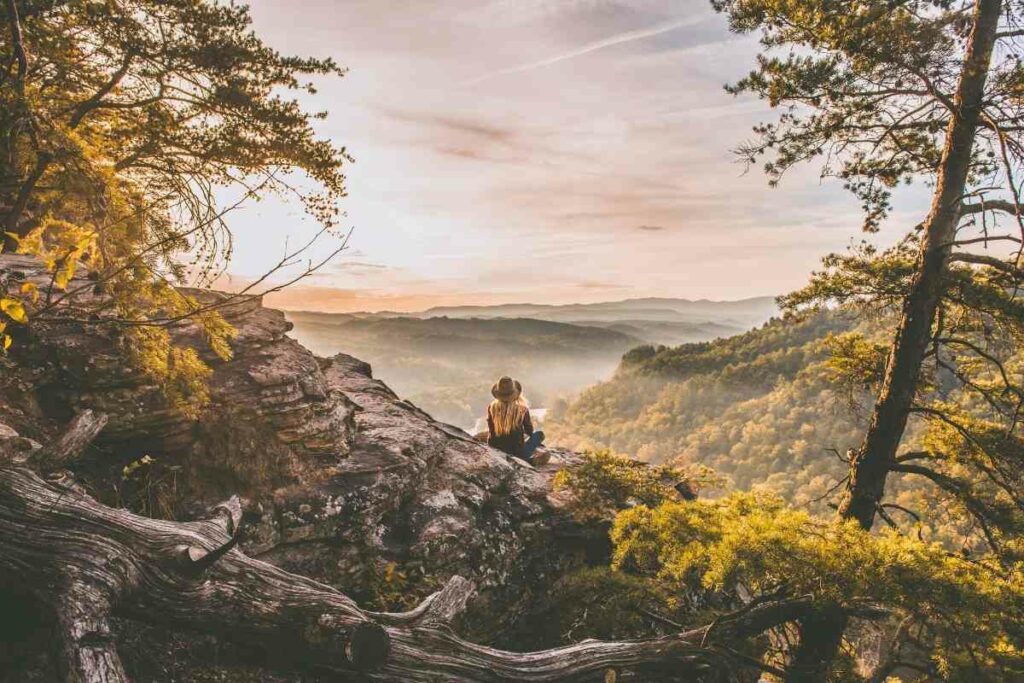
Learn your limits before going out on solo hikes – Practice in your garden.
Enjoy the solitude and being at one with nature and the self confidence it will provide you on completion.
If you’re an experienced hiker who has been hiking technical trails alone all of your life, then maybe it is safe enough to continue doing so — just make sure you know what risks there may be while doing this such as weather conditions, wild animals, etc.
Always have some basic skills/knowledge ready to use in case something does happen.
Heads Up! Know your limits when picking where to go hike and if it would be okay to do more difficult/technical hikes without company.
Of course it can be done but don’t risk your life or others with any potential rescue operation.
What Women Should Bring Hiking?
Hiking Shoes
Ill fitting shoes will shorten your hike for sure and, generally just make you miserable.
Break in your shoes in advance but, do not forget the blister balm and band-aids.
Best Selling Women’s Hiking Shoes
Currently one of the best selling hiking shoes for women are the Columbia Women’s Newton Ridge Lightweight Waterproof Shoe Hiking Boot.

They feel light but they are hardwearing so they will last a long time. They have superior comfort and a very good non-slip rubber sole. Ideal for rough terrain.
Hiking Trousers & Shorts
Make sure they’re appropriate for the climate as you don’t want ones which will soak up rain or cause chafing in your sensitive areas.

I find something like RunGoo Blister Prevention Cream for anti chafing and blister protection.
Also get some of these Band Aid Blister Plasters.
Backpack
Make sure it’s a backpack which is comfortable and distributes the weight between your shoulders and back.
Most backpacks will come with a hydration straw functionality but make sure it does for your own ease when you’re thirsty.
Hiking Checklist For Solo Female Hiker
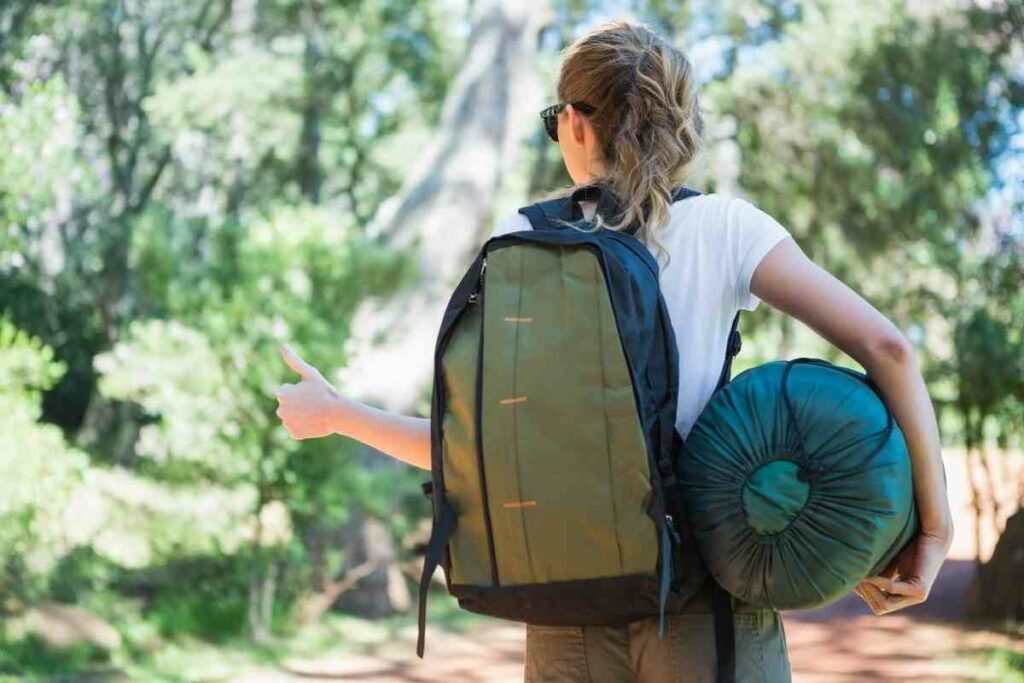
We’ve mentioned some of these in the content above but it’s good to list them again.
- Phone and satellite phone.
- Phone charge reserve pack (charged) or solar powered device
- Maps – both digital and on paper
- Water – as much as you can carry and water treatment tablets if you are out on trail for longer periods.
- Electrolytes for hydration – consider the brand Nuun – these are my favorite product for hydration in all activities.
- First Aid Kit
- Female hygiene products – think Menstruation supplies and Rei.com recommends the use of menstrual cup to cut down on carrying tampons and waste.
- Toilet paper or cloth.
- Don’t want to squat when you need to wee? Well you can discreetly wee standing up without removing your clothing with the Shewee Pee funnel is one of the original funnels on the market since 1999. Maybe practice at home the first time to get the hang of holding it and not wetting your clothing.
- Safety Whistle – remember 3 blows on it is your signal for help.
- Personal Alarm
- Bear Spray
- Garmin Inreach mini satellite phone or other Personal Locator Beacon (PLB)
- Food – High energy food such as nuts and nut bars and fruit
- Wet gear
- Fire starter or stove (wood burning stoves are super practical and lightweight)
- Camping equipment for boiling water on an open fire like camping kettle.
- Knife
- Flashlight and Head-torch + backup batteries
- Sunglasses
- Sun hat and woolly hat(for nighttime)
- Sunscreen and specific one for your lips.
- Spare socks – You’re feet will get sweaty during your hike and you don’t want blisters.
- Spare underwear
- Sleeping bag (if camping)
- Tent and comfort roll (if camping)
- Identification – very important if anything goes wrong. Have your I.C.E (In Case of Emergency) contact clearly recognisable.
- Armband or note in your belongings mentioning any specific medical needs like Penicillin allergy, Asthma, Diabetes etc.
Leave No Trace In Your State Park
This campaign resonates with all of us nowadays when we see people littering on the side of a trail or in the wilderness.
Seriously hikers!
Do not leave anything behind except for your footprints and what you brought with you! Leave nothing, take it all home, including your memories.
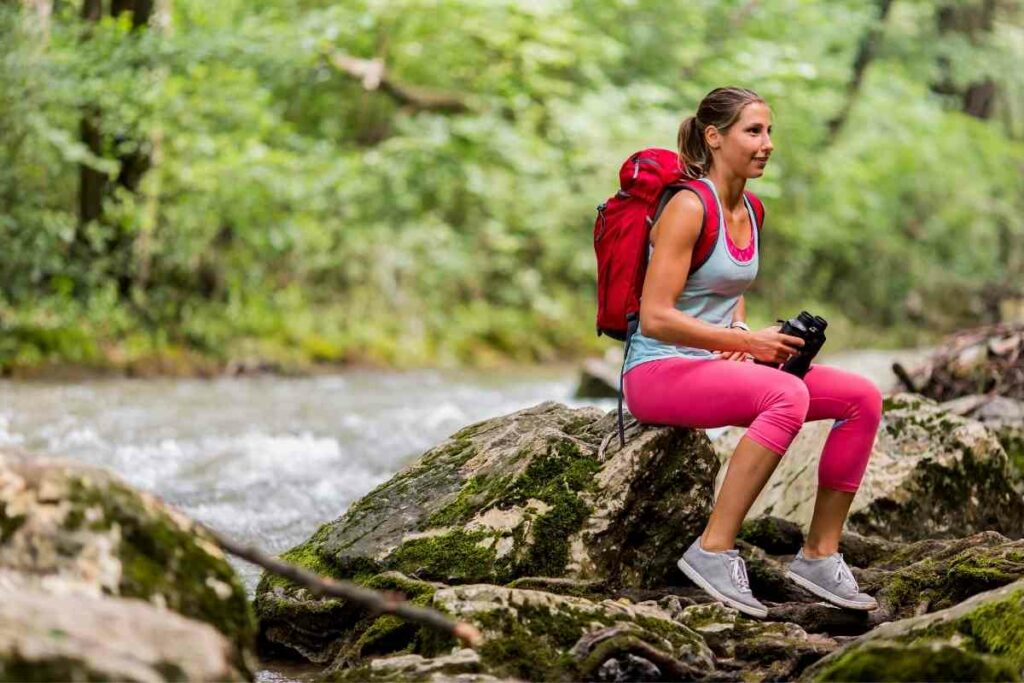
Leave no trace is one of our favorite hiking safety tips for women and everyone else because it helps keep us all and animals safe in terms of the water source contamination, discourages wild animals like bears from venturing too close to steal human food.
Essentially the campaign means pick everything up to make sure an animal doesn’t get into any food leftovers later down the line (which would be dangerous).
For Example – Never throw trash away carelessly either- this includes things such as cigarette buds so don’t forget to always bring some kind of garbage bag for non food waste too.
Read next
Conclusion
In this article I have discussed some of the hiking safety tips for women hiking solo which, I also abide by and I have lived to tell the tale!
I have done a solo backpacking trip on a number of occasions now, including the Appalachian trail and Pacific Crest Trail.
Women hiking alone should take certain precautions when planning their trip.
It is important to be aware of your surroundings and have a plan in place for emergencies that may arise, like getting lost or injured on the trail.
There are plenty of resources available with helpful advice about safe solo hiking for women who want to enjoy time outside and do it safely!
As you plan your next hike, make sure you pack these items from our Hiking pack checklist so that you’re well prepared for any situation that might come up while out there on the trails by yourself.
Happy Solo Hiking and enjoy the experience!
- The Secret Travel Locations Bloggers Haven’t Discovered Yet
- Stress-Free Breaks: Choosing the Perfect Getaway for Overworked Professionals
- Inside Secrets: The Quick Guide to Planning Your Dream Vacation
- Hidden Gems vs Tourist Spots: Saving Pounds on Your Next Vacation
- Master the Art of Travel Thrifting: Tips from the Pros
- Travel Like a Spy: Secret Skills for Safe Adventuring


